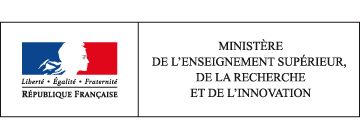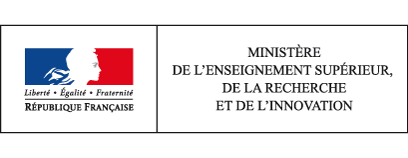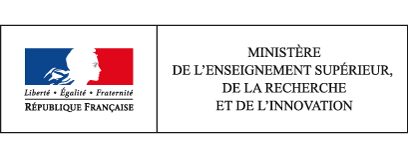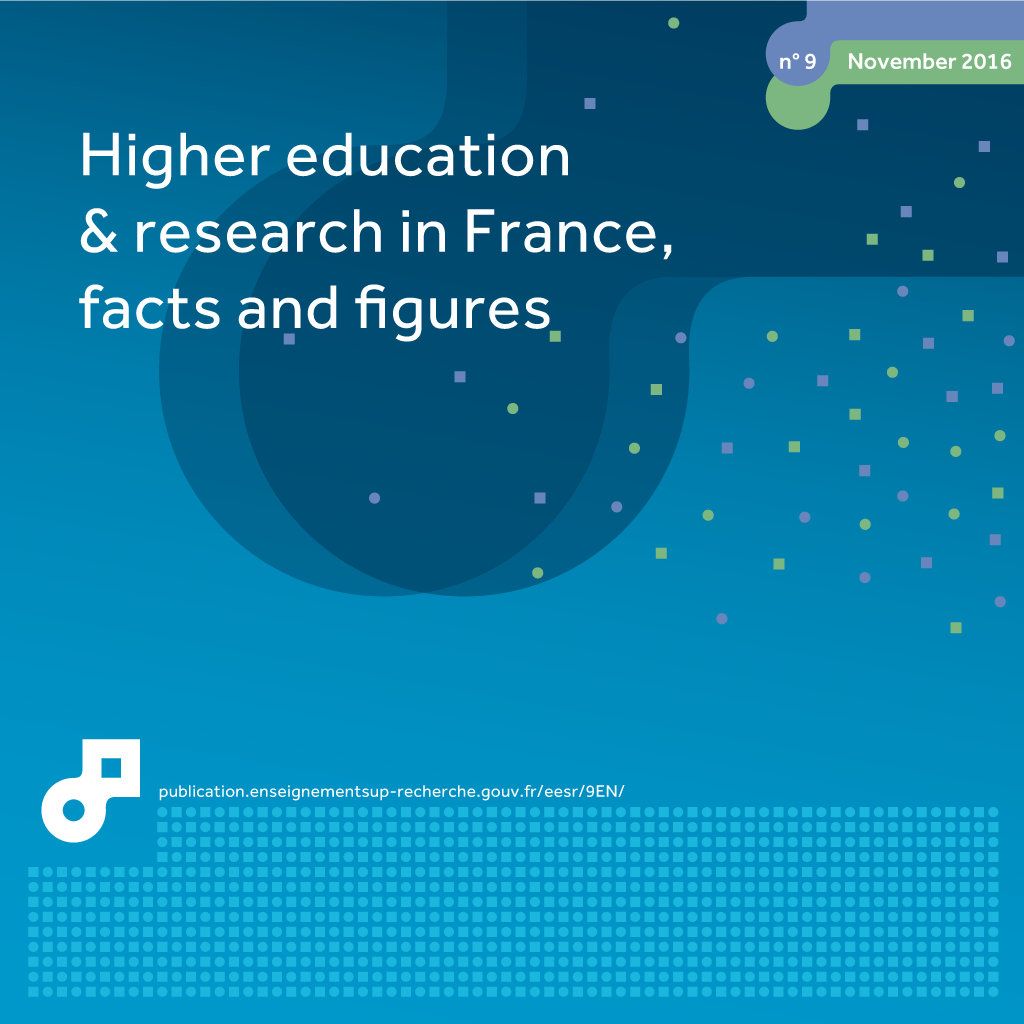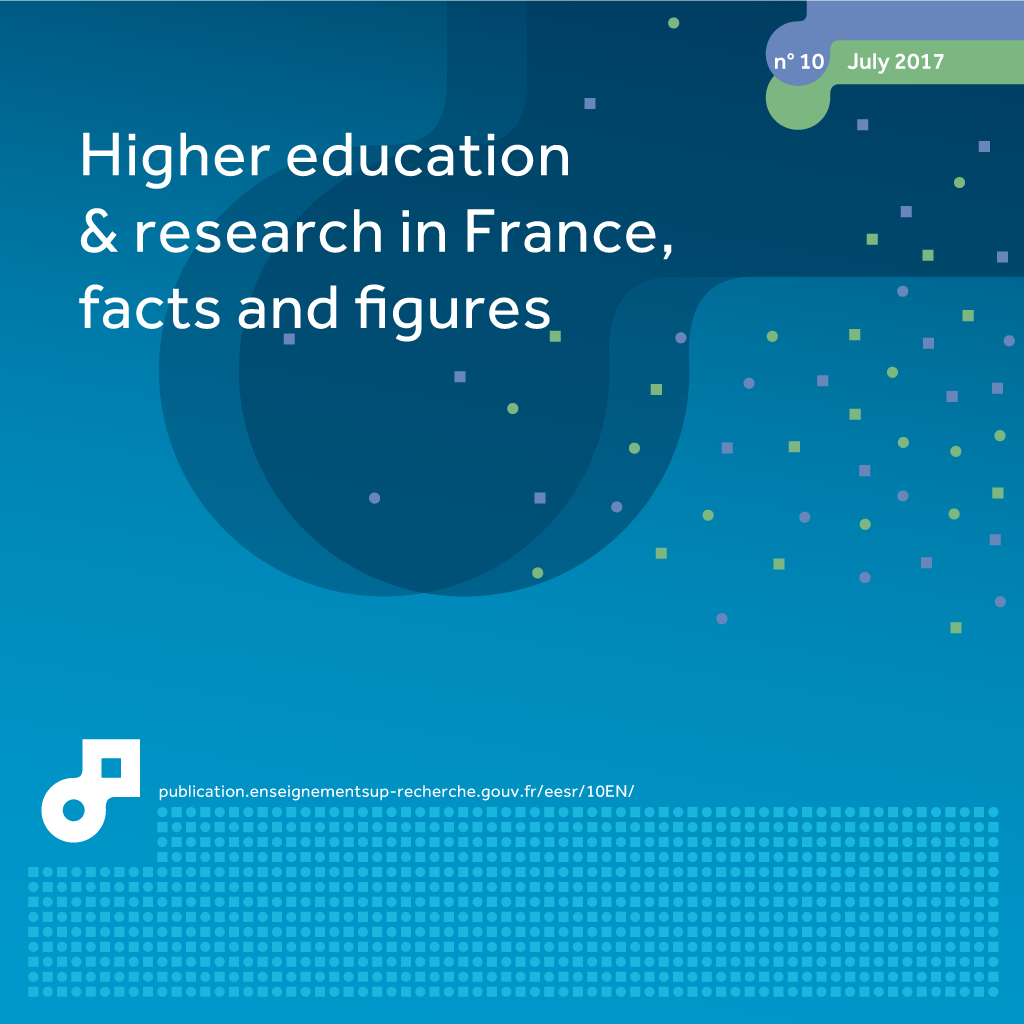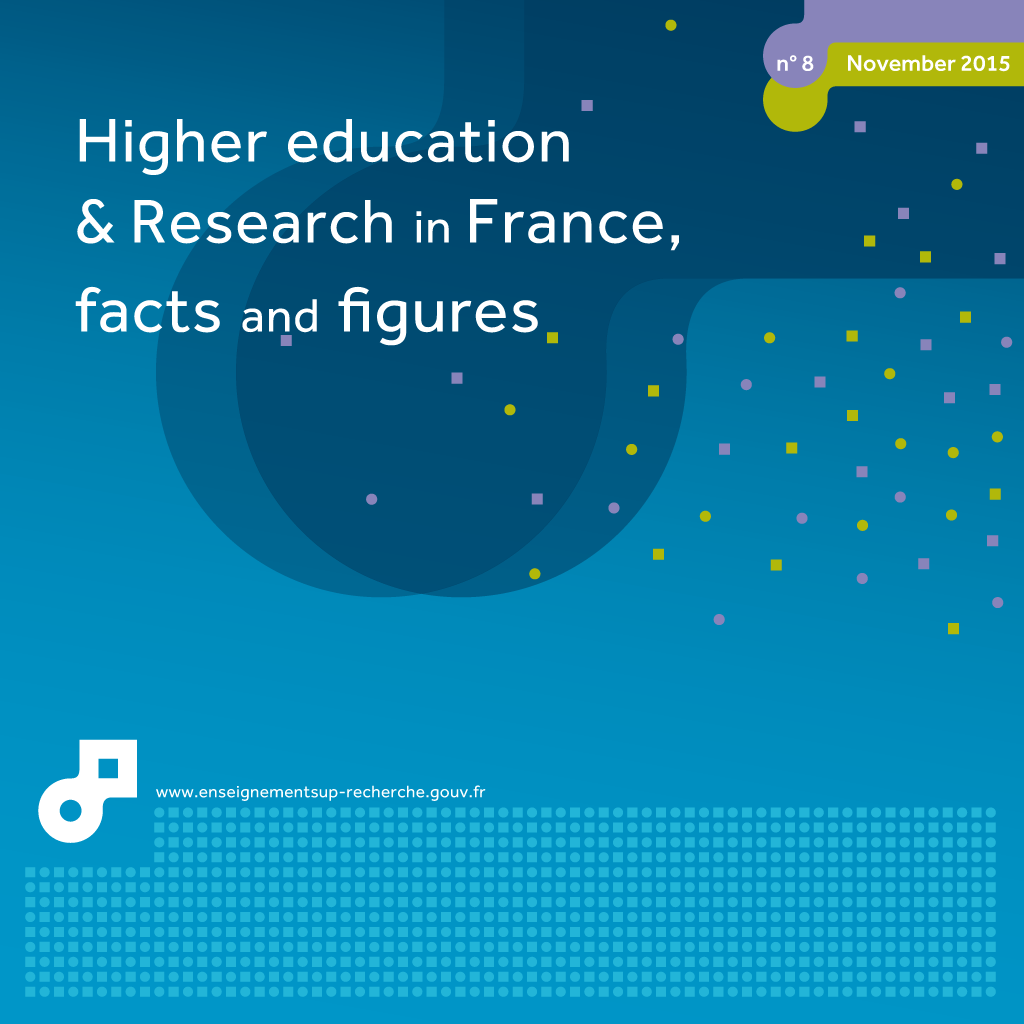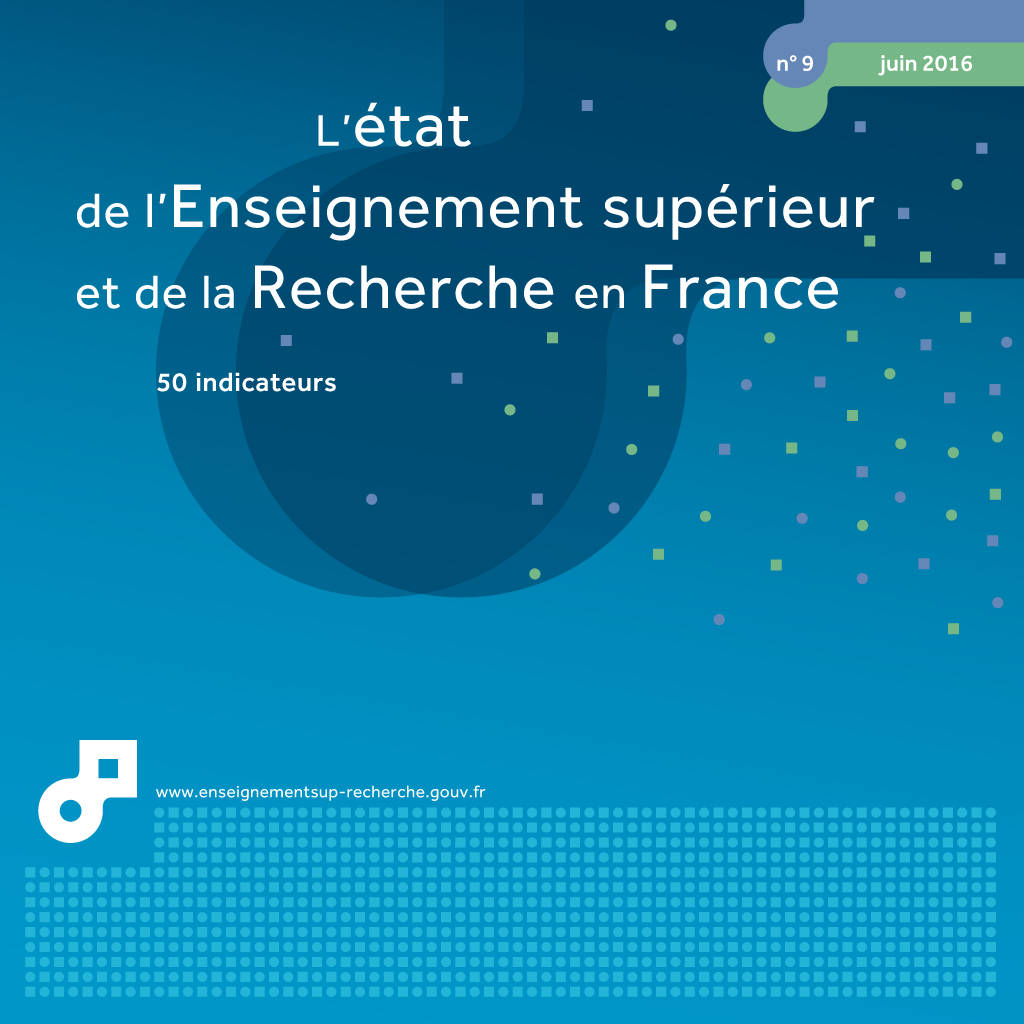26 gender equality in higher education
This page has been updated. Read 13. gender equality in higher education in Higher education & research in France, facts and figures 10th edition - June 2017
Women outnumber men in higher education, but are less likely to enrol in selective or scientific courses and are in the minority in PhD programmes. In 2013, their unemployment rate three years after leaving was higher than men for nearly all levels of qualification, and their employment conditions were less favourable.
After achieving better results than boys throughout school, on average more girls than boys obtain their Baccalaureate: in 2014 in one generation, 84.2% of girls passed their Baccalaureat compared to 70.9% of boys 1.
Of those who were successful in the general Baccalaureat, 57% were girls. They are almost as likely as boys to continue their studies in higher education (74% compared to 76%), but do not follow the same courses (chart 26.01). 38% of them enrolled in university (excluding IUT) compared to 29% of boys. By contrast, they were less likely to enrol on selective courses such as CPGE (5% compared to 8%), IUT (5% compared to 10%) or STS (17% compared to 22%). At university (excluding IUT), they are less likely to study Sciences and Physical education and sports science and techniques (STAPS) than other disciplines.
Girls tend not to take the same study programmes: 36% enrol for a Bachelor's degree compared to 25% of boys, and 8% go into the first year of core medical studies (PACES) compared to 6% of boys. Conversely, girls are less likely to choose selective courses such as classes preparing students for admission to Grandes Écoles (CPGE) (7% against 12%), Technological university institutes (IUT) (6% against 12%) or Advanced technician's sections (STS) (21% against 26%). When enrolling for Bachelor's degree programmes, they are two to three times more likely to choose Humanities, Arts, Languages or Human Sciences.
From one programme to the next, there is great diversity in the proportion of women attending. Whereas in 2014-15 women represented 55% of all enrolled students, they made up barely half of students in STS, 39% in IUT, and 42% in CPGE (chart 26.02). Conversely, paramedical and social care courses were made up of 84% women. In universities, they made up 70% of students in Arts and Humanities. In ten years, the number of women on scientific courses at university has slightly increased, but is still in the minority. However, they represent more than 60% of students on Healthcare, Life Sciences, Earth and Astrophysical Sciences courses. (chart 26.03). While they represented 56% of students enrolled in Bachelor's degree programmes and 59% in Master's programmes, they represented only 48% of PhD students (RERS 2015 6.4).
Of female students leaving initial education in 2011, 2012 and 2013, half obtained a higher education qualification, compared to only 39% of men. Female higher education graduates were most likely to have a Bac + 5 university degree and a Bac + 3 paramedical or social work degree, whereas men were more likely to have degrees from specialist universities (écoles supérieures) and short-cycle Bac + 2 courses (BTS or DUT) (table 26.04).
In 2013, three years after leaving higher education and for each level of qualification (excluding the 2 and 3-year diplomas in the healthcare/social sector and PhDs), the unemployment rate for women was slightly higher than for men. However, although they are better qualified than men, women experience an overall unemployment rate equivalent to that of men. In the same way, rapid access to stable employment is generally more common for men, although this is not true at all levels of qualification.
Despite this structural effect, their employment conditions are also less favourable: they are less likely to have a permanent job (54% compared to 61%), often work part-time (15% compared to 7%), and are less likely to be managers (27% compared to 32%). This last difference has however markedly decreased since the last survey carried out three years earlier (table 26.05).
MENESR-DEPP
Insee
Céreq.
1 Proportion of Baccalaureate holders in a generation: this is the proportion of Baccalaureate holders in a hypothetical generation of people with, for each age, the candidate and pass rates observed for the year in question.
How to cite this paper :
close
Key figures
Metropolitan France + overseas departments
Metropolitan France + overseas departments
Metropolitan France + overseas departments
Metropolitan France + overseas departments
Metropolitan France + overseas departments
Metropolitan France + overseas departments
Metropolitan France + overseas departments
Metropolitan France + overseas departments
Metropolitan France + overseas departments
Metropolitan France + overseas departments
26.01 2008 baccalauréat holders continuing their studies in the year following the exam (%)
1 Including vocational Bac holders studying at an STS as an apprentice.
2 excluding IUT.
You can embed this chart to your website or your blog by copying the HTML code and pasting it into the source code of your website / blog:
close
26.02 Proportion of women in the main higher education courses (%)
1 including engineering courses dependent on universities, National Polytechnical Institutes (INP), technology universities and engineering courses run in partnership.
2 2013-14 instead of 2014-15
You can embed this chart to your website or your blog by copying the HTML code and pasting it into the source code of your website / blog:
close
26.03 Proportion of women on scientific courses at university (%)
You can embed this chart to your website or your blog by copying the HTML code and pasting it into the source code of your website / blog:
close
26.04 Breakdown of initial education leavers according to their highest qualification (average for 2011-2012-2013, %)
On average in 2011, 2012 and 2013, out of 100 women who left initial education, 50 received higher education qualifications.
You can embed this table to your website or your blog by copying the HTML code and pasting it into the source code of your website / blog:
close
26.05 Employment indicators for higher education leavers - Situation in 2013 of those leaving in 2010 (%)
You can embed this table to your website or your blog by copying the HTML code and pasting it into the source code of your website / blog:
close
Related statistical publications
These differences are primarily due to the subject of the Master’s degree. In disciplines in which the number of women is the highest, opportunities in the employment market are less favourable. However, in disciplines with fewer women, professional inequalities are significant. In addition, regardless of the discipline, career paths diverge, with more women in employment in the non-profit and public sectors, where pay is usually lower and contracts less stable.
For a given discipline, type of employer and sector of activity, inequalities persist, above all with regard to pay, in which the residual difference is the largest, representing two-thirds of the differences noted.

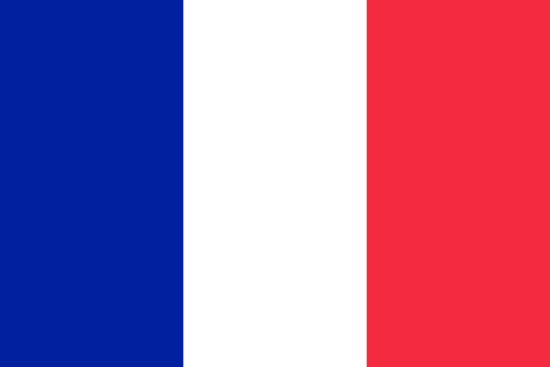 Note d'information SIES 16.06 - Male/female inequalities in professional integration of Masters graduates - Louis-Alexandre Erb - September 2016
Note d'information SIES 16.06 - Male/female inequalities in professional integration of Masters graduates - Louis-Alexandre Erb - September 2016 These differences are primarily due to the subject of the Master’s degree. In disciplines in which the number of women is the highest, opportunities in the employment market are less favourable. However, in disciplines with fewer women, professional inequalities are significant. In addition, regardless of the discipline, career paths diverge, with more women in employment in the non-profit and public sectors, where pay is usually lower and contracts less stable.
For a given discipline, type of employer and sector of activity, inequalities persist, above all with regard to pay, in which the residual difference is the largest, representing two-thirds of the differences noted.
Translation
 Etat de l'enseignement supérieur et de la rechercheL'état de l'Enseignement supérieur et de la Recherche en France n°9 - Juin 2016
Etat de l'enseignement supérieur et de la rechercheL'état de l'Enseignement supérieur et de la Recherche en France n°9 - Juin 201626 - la parité dans l’enseignement supérieur - Christophe Jaggers
